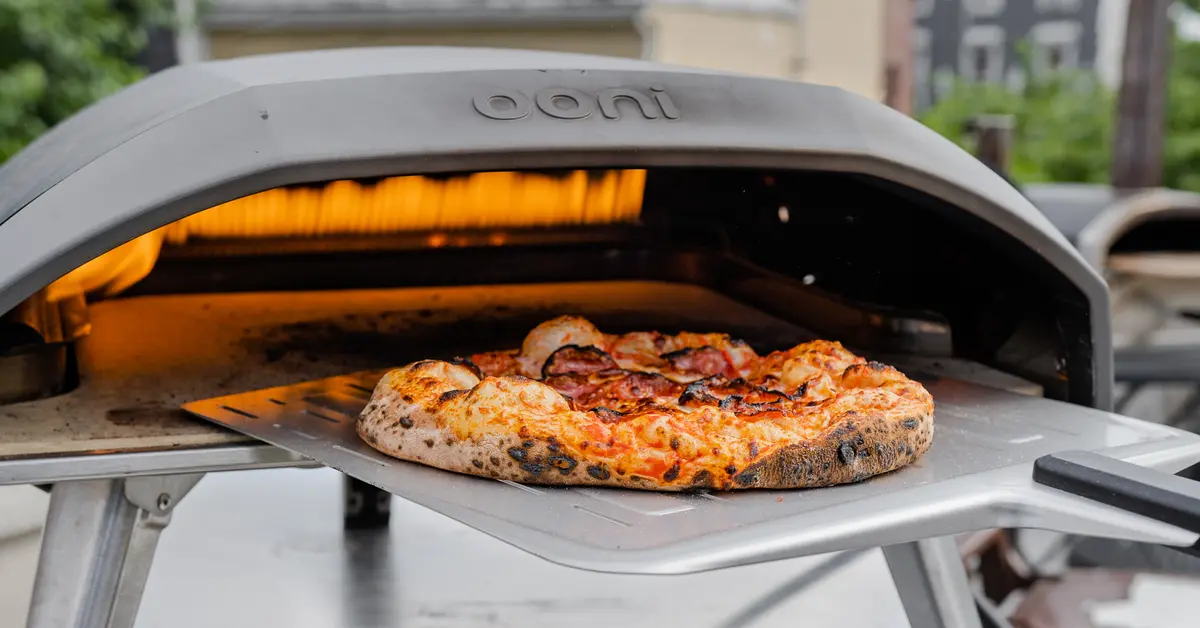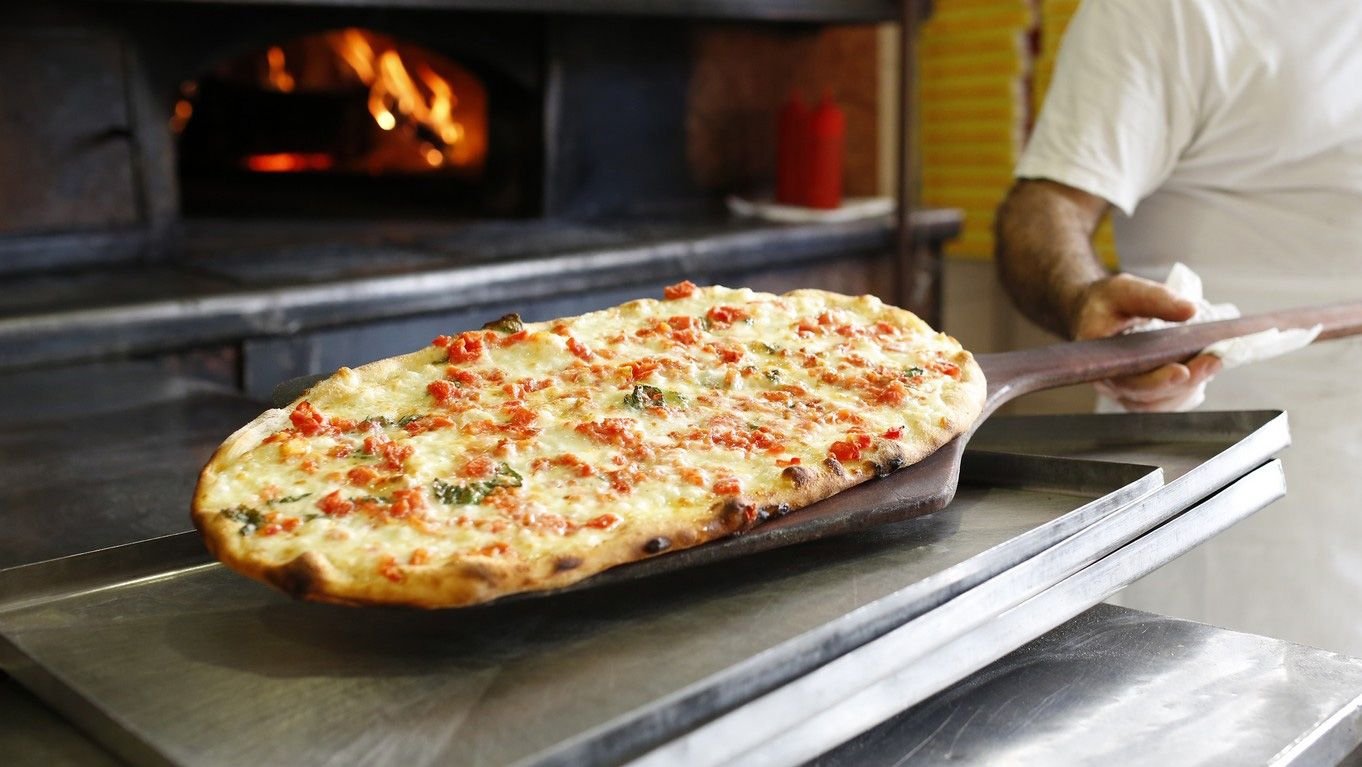Italian pizza ovens are more than just cooking appliances; they are the heart and soul of traditional pizza making, embodying centuries-old techniques and craftsmanship. This article delves into the rich history, unique features, and cultural significance of Italian pizza ovens, showcasing why they are essential for creating authentic and delicious pizzas.

Historical Roots and Evolution
Italian pizza ovens trace their origins back to ancient times, with early versions resembling clay domes heated by wood fires. Over centuries, particularly in Naples, the birthplace of pizza, these ovens evolved into the iconic brick or stone structures known for their ability to produce pizzas with crispy crusts and perfectly cooked toppings.
Traditional Features of Italian Pizza Ovens
1. Dome Shape
- Purpose: The domed shape of Italian pizza ovens is designed to retain heat efficiently and evenly distribute it throughout the cooking chamber.
- Material: Originally made from clay or brick, modern versions may incorporate refractory materials that withstand high temperatures without cracking.
2. Wood-Fired Heating
- Authenticity: Wood-fired ovens are integral to traditional Italian pizza making, imparting a distinct smoky flavor and achieving high temperatures necessary for cooking pizzas quickly (often in just a few minutes).
- Flavor Enhancement: The combination of wood smoke and intense heat contributes to the characteristic char and flavor profile of Neapolitan-style pizzas.
3. Insulation and Heat Retention
- Efficiency: Italian pizza ovens are insulated to maintain high temperatures while conserving energy. This insulation ensures consistent heat distribution and minimizes heat loss during cooking.
- Temperature Control: Experienced pizzaiolos (pizza makers) skillfully manage oven temperatures by adjusting wood placement and airflow, crucial for achieving the perfect bake.
Types of Italian Pizza Ovens
1. Neapolitan Pizza Ovens
- Characteristics: These ovens are characterized by their dome shape and wood-fired heating, essential for creating Neapolitan-style pizzas with a thin, slightly charred crust and minimal toppings.
- Usage: Neapolitan pizza makers prioritize high temperatures (around 800-900°F or 425-480°C) and quick cooking times (60-90 seconds) to achieve optimal results.
2. Roman Pizza Ovens
- Characteristics: Roman-style pizza ovens often feature gas or electric heating systems alongside traditional wood-fired options. They typically have a rectangular shape and are designed for longer baking times at moderate temperatures.
- Usage: These ovens cater to thicker-crust pizzas with a variety of toppings, accommodating different baking techniques to achieve crispy bases and evenly cooked toppings.
3. Modern Innovations
- Technology: Some modern Italian pizza ovens integrate advanced technology, such as gas burners, electric heating elements, or hybrid designs combining wood and gas/electricity.
- Flexibility: These innovations offer versatility in temperature control and cooking methods, appealing to pizzerias and home cooks seeking efficiency and consistency.
Cultural Significance of Italian Pizza Ovens
Italian pizza ovens are not just tools; they symbolize cultural heritage, craftsmanship, and the art of pizza-making:
- Tradition: Mastering the use of an Italian pizza oven requires skill and knowledge passed down through generations, reflecting Italy’s culinary traditions and regional specialties.
- Community: In Italy, pizza-making is often a communal activity, with friends and family gathering around the oven to enjoy freshly baked pizzas, fostering social bonds and culinary appreciation.
Choosing the Right Italian Pizza Oven
Considerations:
- Space: Evaluate the available space and installation requirements for your chosen oven type (freestanding vs. built-in).
- Usage: Determine whether you prioritize traditional wood-fired cooking or prefer the convenience of gas/electric options.
- Budget: Italian pizza ovens vary widely in cost, depending on size, materials, and heating capabilities. Consider long-term maintenance and operational costs.
Conclusion
Italian pizza ovens embody the essence of traditional pizza-making, combining craftsmanship, heritage, and culinary artistry. Whether you’re savoring a classic Neapolitan pizza with its charred crust and minimal toppings or enjoying a hearty Roman-style pizza with a variety of ingredients, the oven plays a crucial role in delivering authentic flavors and textures. By understanding the historical roots, unique features, and cultural significance of Italian pizza ovens, pizza enthusiasts and pizzaiolos alike can appreciate the art of creating perfect pizzas that honor Italy’s rich gastronomic heritage.











